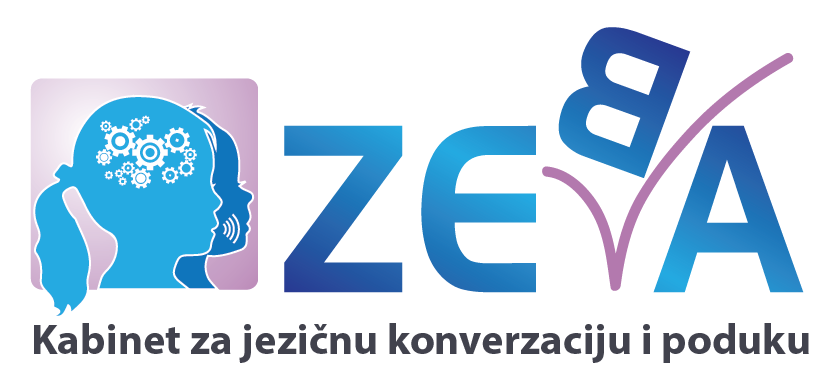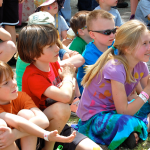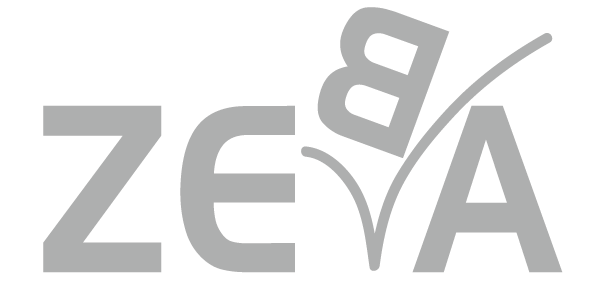Sažetak
Infantilna cerebralna paraliza (ICP) je neurološki uvjetovano stanje organizma nastalo uslijed cerebralnog oštećenja u prve dvije godine života.Posljedice ranog oštećenja mozga manifestiraju se u različitim stupnjevima i različitim područjima funkcioniranja, a najevidentnije je u motorici cijeloga tijela, pri čemu su zahvaćeni i organi i mišićne skupine koje sudjeluju u motornoj realizciji govora. Uz senzo-motorne poteškoće, smanjeno intelektualno funkcioniranje, emocionalne poteškoće i poteškoće u ponašanju, zahvaćeni su i svi govorni modaliteti.
Obzirom na multifaktorsku uvjetovanost ICP i multidimenzionalnu posljedičnost, pristup habilitaciji govora i cjelokupnom logopedskom tretmanu mora biti interdisciplinaran.
Habilitacija govora kod djece sa ICP zahtijeva i zadovoljenje nekih preduvjeta te timski rad.
Ključne riječi: infantilna cerebralna paraliza, govor, habilitacija, interdisciplinarni pristup
Some prerequisites and approach to speech habilitation in children with infantile cerebral paralysis
Summary
Infantile cerebral paralysis (ICP) is a neurologically conditioned state of organism induced because of cerebral damage during the first two years of life. The consequences of an early damage to the brain are manifested in different stages and different areas of functioning, but they are for the most part evident in the motor functions of the whole body, whereby organs and muscle groups taking part in the motor effectuation of speech are affected. Together with sensorimotor difficulties, diminished intellectual functioning, emotional difficulties and behavioral difficulties, all speech modalities are also affected.
With regard to the multifactorial conditions of ICP and its multidimensional effects, the approach to the speech habilitation and the complete logopedic treatment must be an interdisciplinary one.
The speech habilitation in children with ICP also requires the satisfaction of some prerequisites, as well as teamwork.
Key words: infantile cerebral paralysis, speech, habilitation, interdisciplinary approach





